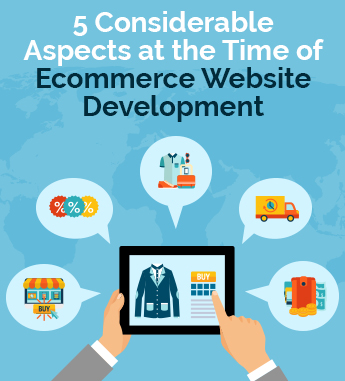HRM Software Facilitating Enterprise-Level Succession Planning Analytics
Losing old employees in succession is definitely a bad news for any organisation. It not only affects the overall contribution but also reduces productivity for an extended period of time, until the lost skill sets, efficiency level and knowledge pool can be properly accommodated with. Any competent organisation must be interested in minimising this risk and make every possible effort to ensure attrition does not affect its structure and processes.
Thus, HRM software developers suggest to find successors to the leaving employees right from within the organisation. The existing employees are already familiar with the company’s systems, processes and work culture. So, it is easier for them to adapt to the new roles faster. This way, the organisation reduces the gap in productivity resulting from employee attrition.
The on-going approach
The latest HR management systems maintain extensive information on employee details as well as data related to performance appraisals, project exprience, past career roles and other crucial factors. Integrating this vast, multi-faceted information helps derrive useful insights about strengths and weaknesses of the existing employees.
Succesor recommendation metrics
While working on a reliable successor recommendation system, it is important to consider the following factors:
- Similarity metrics: How finely the existing employee pool matches with an outgoing employee, on aspects like skills, training profile and experience.
- Evaluation metrics: This range of metrics evaluates employees to make sure how good contributors they will make in their new role. Thus, potential successors are usually picked up on basis of conferences and workshops attended, awards won, size of the team they’ve worked with, their performance appraisals scores and many such factors.
Once all these metrics are finalised, their relative importance in the successor selection procedure can be easily defined and the relevant information can be retrieved from the HRM system. However, the web based software development procedure, which enables HRM software to come into existance, requires designing an algorithm to evaluate the probable successors. Vector Distant algorithm is one of the most helpful algorithms in this aspect.
Numerical matrix vs. non-numerical matrix
The algorithm promptly creates vectors for all the probable employees. It also uses a mathematical formula to compute the distance between these vectors. As such, the algo works only with numerical values, whereas employee attributes can include the following varieties:
- Boolean – Whether the employee has been trained?
- Numerical – Salary, years of experience and so on
- Categorical – Designation, department
Thus, vectorisation matrix (for example, relational matrix) needs to be used to transform all non-numeric attributes to numeric.
As such, succession planning analytics for enterprises is never an easy procedure. It requires sufficient effort and time to zero in on the right candidates among the existing employees to fill in the vacancies.




